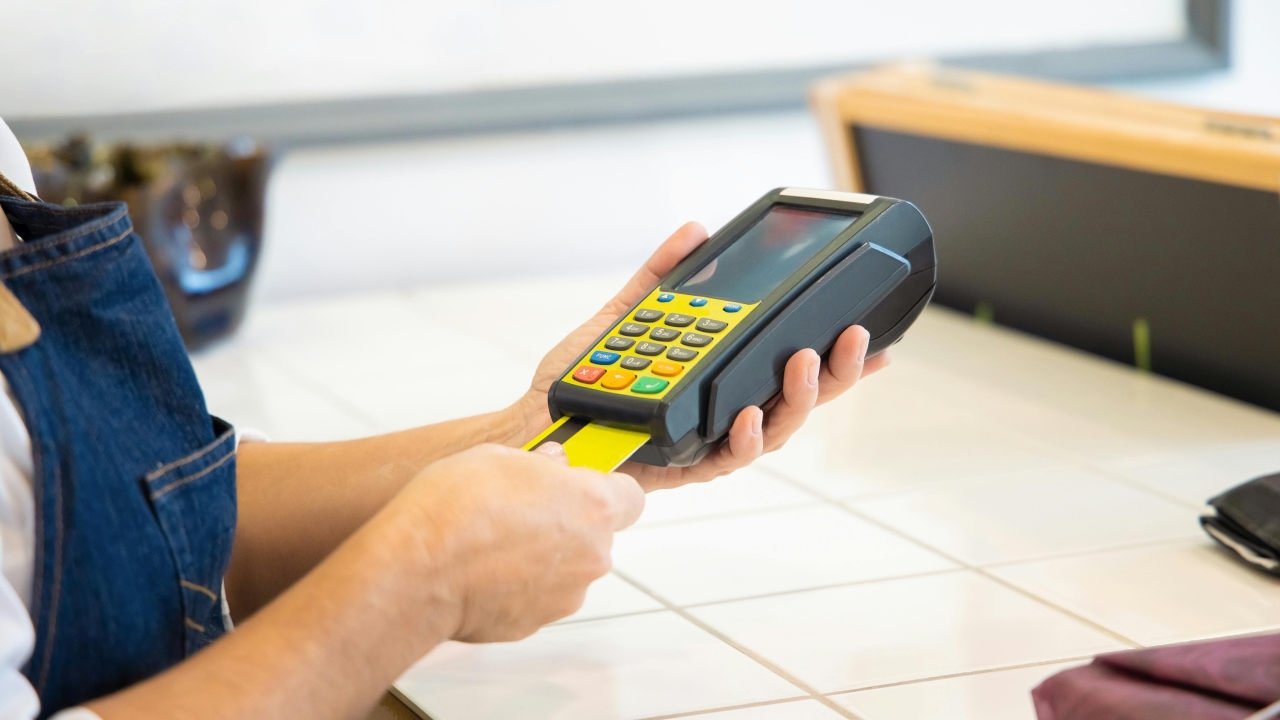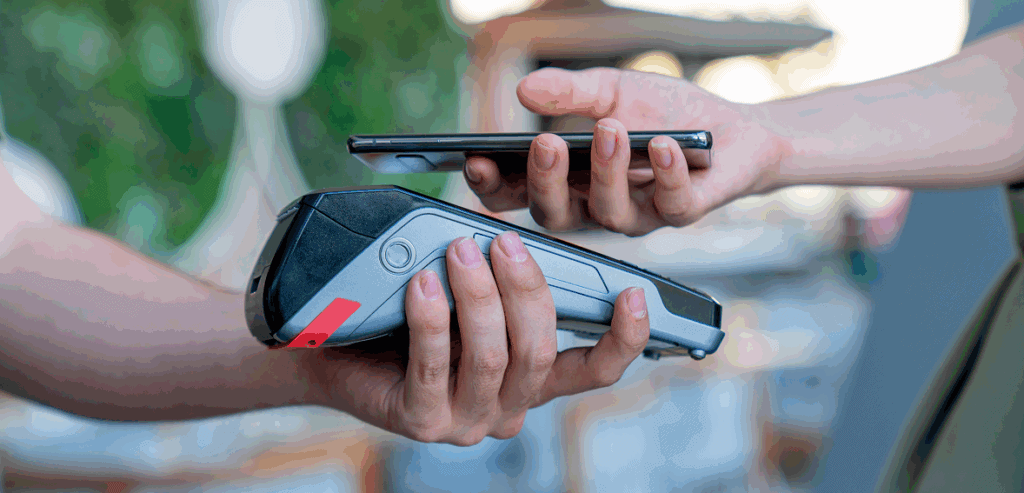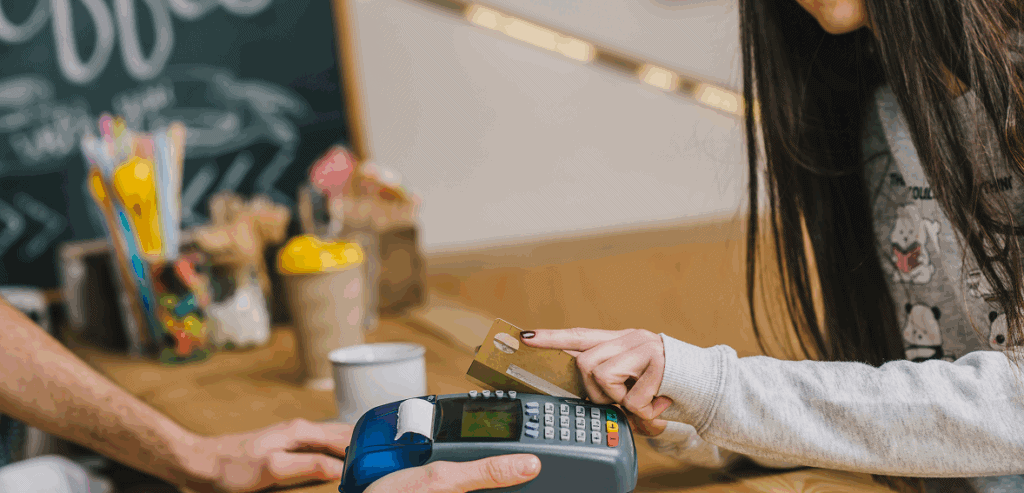
By KarenDUhl April 18, 2025
In the fast-changing world of retail, one transformation has stood out in recent years—the rise of contactless payments. What once seemed like a futuristic novelty has become an everyday necessity. Today, shoppers expect speed, safety, and convenience at checkout. For retailers, keeping up means embracing new technologies, rethinking payment strategies, and staying ahead of evolving customer habits.
But adapting to contactless payments isn’t just about upgrading hardware. It’s about understanding consumer behavior, integrating the right tools, and creating a seamless experience across all touchpoints.
The Rise of Contactless Payments: Why Now?
Contactless payments have been around for years, but their use has skyrocketed recently. From global events to consumer expectations, several factors have contributed to this rapid shift in how people pay.
Let’s start by exploring why contactless payments are now more relevant than ever.
Health and Safety Concerns Sparked the Shift
The COVID-19 pandemic accelerated the adoption of contactless technology. As consumers looked for safer ways to shop, avoiding physical touch became a top priority. Contactless cards, digital wallets, and mobile pay options allowed customers to complete transactions with minimal interaction.
Retailers who adapted quickly not only met health standards but also gained customer trust during uncertain times.
Consumer Demand for Speed and Convenience
Even before the pandemic, consumers were leaning toward faster checkout options. Long lines and delays are turn-offs in any setting. Contactless payments—tap cards, smartphone apps, and wearables—speed up the checkout process significantly.
For today’s on-the-go shopper, convenience is king. Retailers that offer frictionless payments are more likely to see repeat visits and higher satisfaction.
Widespread Technology Availability
Thanks to mobile phones, smartwatches, and modern payment terminals, contactless options are more accessible than ever. Most new POS devices support NFC (near-field communication), and mobile payment apps like Apple Pay, Google Pay, and Samsung Pay have gained significant traction.
This growing ecosystem has made it easier for retailers of all sizes to embrace contactless payments.
Understanding Contactless Payment Technology
Behind every tap-to-pay moment is a blend of modern technologies working seamlessly together. To implement contactless systems effectively, retailers should understand the basics of how these technologies operate.
Here’s a breakdown of the key players in contactless payment systems.
NFC (Near-Field Communication)
NFC is the primary technology behind contactless payments. It allows two devices—such as a card and a payment terminal—to communicate when they’re within a few centimeters of each other. It’s fast, secure, and widely supported.
Most modern payment terminals come with NFC capability built-in, which enables retailers to accept contactless cards and mobile wallet transactions.
Mobile Wallets and Digital Devices
Smartphones and smartwatches have become powerful payment tools. Apps like Apple Pay, Google Pay, and Samsung Pay store card details securely and allow users to tap their device to complete a purchase.
This method adds a layer of security by using tokenization—meaning the actual card number is never shared during the transaction.
EMV Contactless Cards
EMV (Europay, MasterCard, and Visa) technology has also evolved to support contactless. Many banks now issue cards with a small wave icon, indicating tap-to-pay functionality. These cards offer the same protection as chip-enabled transactions but with added speed.
Customers don’t need an app—just their card and a compatible terminal.
Benefits of Contactless Payments for Retailers
Implementing contactless payment systems can bring immediate and long-term benefits to retailers. It’s not just about modernizing your checkout—it’s about improving customer experience and operational efficiency.
Let’s take a closer look at the biggest advantages.
Faster Checkout and Reduced Wait Times
Contactless transactions take seconds—no need for swiping, inserting, or PIN entry in most cases. For high-traffic retailers, this means quicker lines, smoother service, and happier customers.
This efficiency also helps staff serve more customers during peak hours without sacrificing service quality.
Enhanced Customer Satisfaction
Today’s shoppers value ease and flexibility. By offering contactless options, retailers show they’re listening to what customers want. When people feel their time and preferences are respected, they’re more likely to return.
It also signals that your business is modern and responsive to trends—key traits for building loyalty in a competitive landscape.
Improved Hygiene and Perception of Safety
Even beyond pandemic conditions, contactless remains a cleaner, safer way to pay. Reducing shared contact with payment terminals and pens lowers the risk of germ transmission.
This perception of safety can still influence customer behavior, especially among those who prioritize cleanliness in retail spaces.
Lower Transaction Abandonment Rates
Contactless payments make impulse purchases easier. If checkout becomes too slow or confusing, customers may leave without buying. Fast, easy payments reduce friction—especially for small purchases—and boost sales volume.
In fast-service environments like cafés, food trucks, or convenience stores, this can make a big difference in daily revenue.
Challenges Retailers Face When Adopting Contactless Payments

While contactless payments offer many benefits, the transition isn’t always seamless. Retailers may face a few hurdles, especially when implementing new systems on a limited budget or with legacy infrastructure.
Let’s go over the common challenges and how to overcome them.
Upgrading Outdated Hardware
Older POS systems may not support NFC or mobile wallets. Retailers often need to invest in new terminals or peripherals to enable contactless capabilities.
To ease this process, many payment providers offer hardware leasing, modular add-ons, or affordable bundles tailored to small businesses.
Integration With Existing Systems
Adding contactless features shouldn’t disrupt your sales or inventory systems. Integration is crucial—especially for retailers using omnichannel platforms or multi-location setups.
Choose solutions that sync with your POS, accounting software, and CRM to ensure smooth operations across the board.
Staff Training and Customer Education
Employees need to understand how contactless payments work to assist customers confidently. Customers unfamiliar with mobile wallets or tap-to-pay may also need guidance.
Training sessions and clear signage at checkout can help build confidence and reduce hesitation during adoption.
Security and Fraud Concerns
Some retailers worry that contactless payments are less secure. However, these systems use tokenization, encryption, and one-time authentication—all of which make them more secure than traditional magstripe cards.
Educating both staff and customers about security features can help dispel myths and build trust.
Emerging Trends in Contactless Retail Technology
The contactless revolution is evolving beyond payments. Retailers are adopting innovative tools that make the entire shopping journey more seamless—from product discovery to final payment.
Here are a few exciting trends shaping the future of contactless retail.
Touchless Self-Checkout
Self-checkout kiosks are becoming more common, especially in grocery and department stores. When paired with contactless payments, they offer a fully touch-free experience.
Some systems now use QR codes or mobile scanning, allowing shoppers to pay directly from their phones—eliminating even the need for a card reader.
Mobile POS Systems
Tablet-based or smartphone-based POS systems give staff the flexibility to check out customers from anywhere in the store. Whether it’s line-busting during busy times or taking payments on the floor, mobile POS tools improve speed and service.
These devices are ideal for pop-up shops, curbside pickup, and outdoor retail events.
Contactless Loyalty and Rewards
Loyalty programs are going contactless too. Mobile apps can track purchases, issue rewards, and apply discounts automatically during checkout. No need for paper punch cards or manual tracking.
This not only simplifies the customer experience but also provides valuable data for personalized marketing.
Voice and Biometric Payments (Emerging)
Though still in early stages, voice-based payments and facial recognition are being tested in some markets. These technologies aim to further reduce friction by eliminating the need for devices or cards altogether.
As privacy and security frameworks improve, we can expect more retailers to explore these futuristic options.
How Small Retailers Can Embrace Contactless Payments

You don’t need a massive budget or a tech team to go contactless. Many affordable tools are designed specifically for small and mid-sized retailers.
Here’s how to take practical steps toward adoption.
Start With Payment Terminals
The first step is upgrading to a terminal that supports NFC. Many providers offer plug-and-play terminals that work with your existing POS. Look for terminals that support EMV, Apple Pay, Google Pay, and contactless cards.
If you already have modern hardware, enabling contactless features may just require a settings update or software patch.
Choose a POS That Supports Contactless Integration
Your POS system should allow you to connect contactless payment tools without manual reconciliation or reporting conflicts. Many cloud-based POS platforms already offer integrated contactless support.
Make sure your POS provider includes secure tokenization and supports real-time syncing with your inventory and sales data.
Offer Mobile Wallet Discounts to Encourage Use
To encourage adoption, some retailers offer a small discount or incentive to customers who use mobile wallets. This not only educates shoppers but also increases the usage rate of your contactless tools.
Over time, this reduces dependence on cash or slower payment methods.
Stay Informed on Consumer Preferences
Keep an eye on customer behavior. Are more people asking about tap-to-pay? Are smartphone users increasing in your store? Use this feedback to fine-tune your payment setup and train your staff accordingly.
Listening to your customers can guide your investment in the right direction.
Conclusion
The retail world is changing, and contactless payments are no longer optional—they’re expected. As consumers embrace faster, safer, and more convenient ways to shop, businesses must rise to meet those expectations. From tap cards to digital wallets and mobile POS systems, the tools are already here. What matters is how you implement them.
Whether you’re a large retailer or a local boutique, adapting to contactless payments is about more than technology. It’s about delivering better service, improving checkout efficiency, and future-proofing your business in a competitive, fast-moving market.
With the right strategy and the right tools, contactless doesn’t have to be complicated—or expensive. It’s simply the next smart step in modern retail.